There’s a common misconception about street photography that says it has to be done in the busiest area with the most people. These are great areas for street photography, of course, but they’re not any better than quiet areas for capturing interesting street photos.
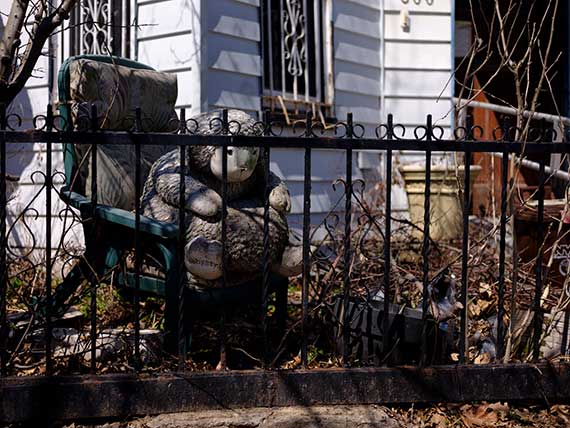
Street photography is about sharing something that’s underneath the surface of the photograph. It can be about sharing a feeling, diagnosing an area, telling a story, or sharing something that’s internal to you. And this can be done anywhere.
Here are some tips to get you out of your comfort zone and start shooting in less busy areas.
Realize it will be Tougher at First
Capturing candid moments in busy areas often feels much easier at first. There’s so much commotion that it’s much easier to blend into the background. Plus, there’s the added advantage that there are probably lot of other people with cameras in busier areas. Basically, you just stand out less.
In quieter areas, everyone will notice you. It’s just a fact. And it can take time to come to terms with this and get comfortable. It can also take some skill to figure out how to capture candid shots in these moments. Do you act like you are just photographing the area and try to be as candid as possible? Do you ask for a portrait? Do you wait for them to come to you? It’s the same mental gymnastics as shooting in a busy area, but it can be a little more complicated and again take some time to get used to.
Small cameras with prime lenses will help you to be more candid in these situations. In general, small cameras can help you be more inconspicuous, but this is particularly true in quieter areas.
However, sometimes photographers choose bigger cameras for a purpose. I love shooting with a medium format camera in quieter areas. The bigger camera will make you stand out of course, but sometimes the fact that you are so obvious makes you less threatening.
If you sneak around in the same way that you do in the center of a big city, sometimes it just stands out too much in quieter areas. I often prefer to be fairly obvious that I’m out photographing, while sometimes the actual shots that I take are candid.
Become Familiar with a Place
Pick a quiet area and go back to it over and over again. The familiarity you will gain will help you understand the rhythms of the area and figure out over time what the good photographs are.
Often you will find that the 10th or 100th time you visit an area you will find a background that you completely glossed over every other time. Each time you visit an area, new things will pop out and you will be able to build a complex body of work.
Make it a regular part of your routine. Even visiting for 15 minutes on a regular basis will add up significantly. Go at different times of day, in different lighting, and in all types of weather. Visit at night.
Capture the Surroundings
While people are important to capture for street photography no matter where you are, the reality is that there will be fewer of them in quieter areas. So the backgrounds and scenes become that much more important.
Perhaps it’s a house, a front lawn, different objects left around, or the design of a street that stands out. It could be anything. Get over your preconceived notions of the area and think about what is actually interesting that you might find routine just because you see it every day.
Take a step back from yourself and try to see the area through the eyes of someone who has never been there before. Try to share with them what you see and what you feel.
Create Portraits
Street photography is typically thought of as candid moments in public, but portraits can become an integral part of a street photography project in a quieter area. The ultimate goal is about sharing the feeling of the area, and good portraits are necessary for this.
When taking portraits, however, the goal is to get away from the forced moments. Try to keep people looking natural. If they’re sitting in a certain way that looks great, it can be good to ask for a portrait but tell them to stay exactly how they are. Or to help them get comfortable in a pose that feels natural. Just don’t let them give you a forced smile.
Even though the moment might not be candid, it doesn’t mean that the portrait can’t show the reality of the person and the moment in the same way that a candid shot will.
Connect Yourself to the Area
Street photography is often about what’s internal. What do you feel inside that you want to share while exploring these areas? When you think about what you find interesting about an area and why you find it interesting, also think about yourself.
What is it that makes you enjoy walking around this area and photographing it. What similarities are there between you and the area? Seek those out.
Study the Work of Photographers that have Done this Type of Work
Finally, do some research on photographers who shoot in quieter areas. There’s such a wide variety of work that this practice can both stimulate you and open your eyes to all the opportunities surrounding you in these areas. Take a look at the work of Todd Hido, William Eggleston, Lee Friedlander, Stephen Shore, Alec Soth, or Josef Koudelka.
Take these Tips and Go for it
Once you’ve practiced these aspects of street photography, photographing in quiet areas shouldn’t be so daunting. In the end, I think you’ll find it just as interesting and rewarding as photographing in busier places. Just try it out and see.
About the Author:
James Maher is the author of Essentials of Street Photography, which covers everything about the genre even down to specific post processing techniques that can bring the best out of street scenes.
Like This Article?
Don't Miss The Next One!
Join over 100,000 photographers of all experience levels who receive our free photography tips and articles to stay current:
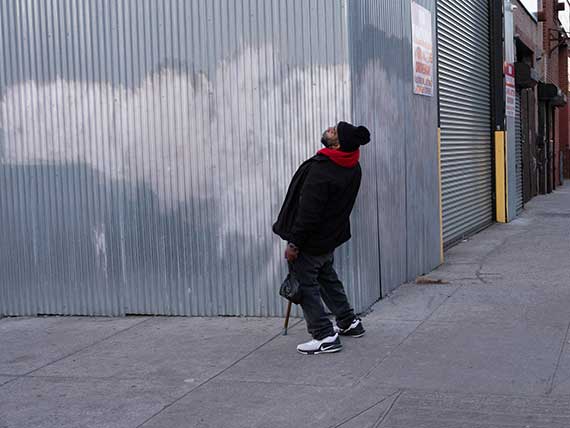
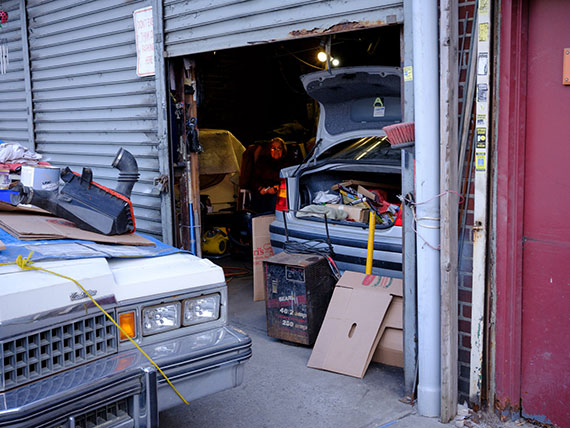
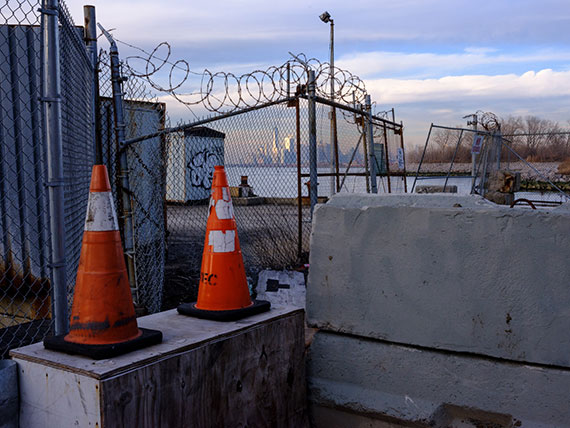
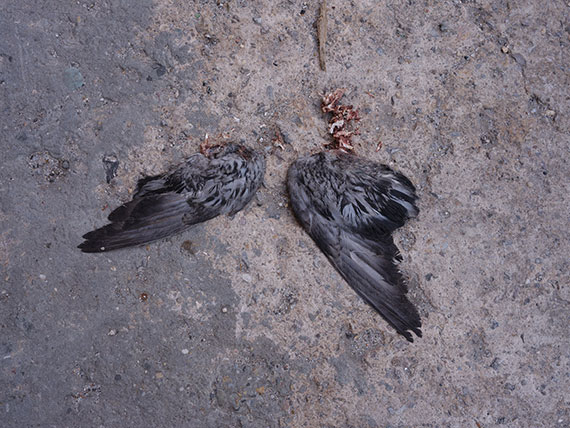
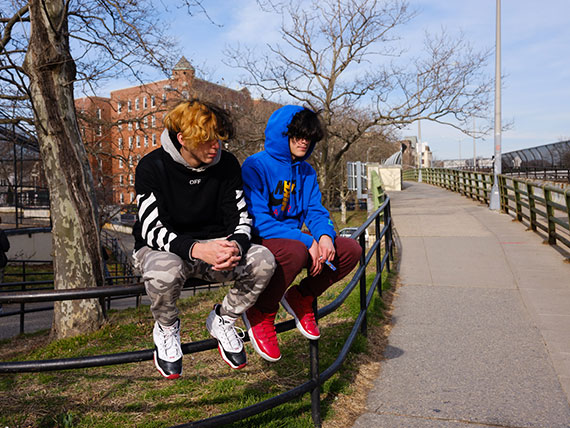
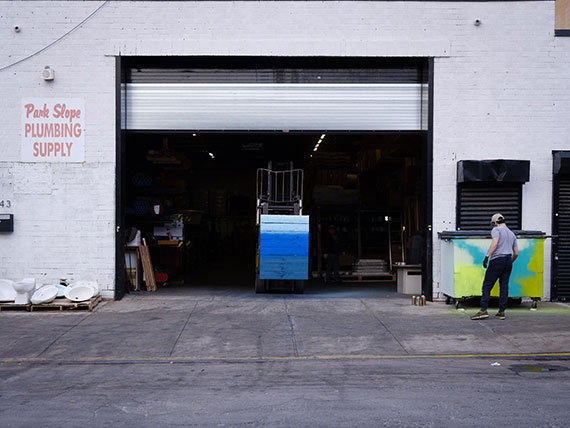






Leave a Reply